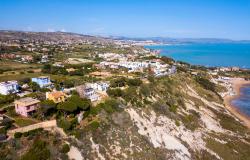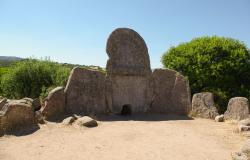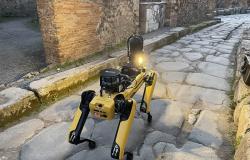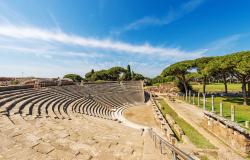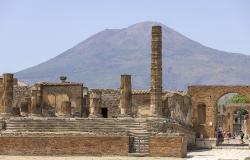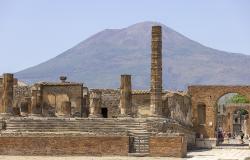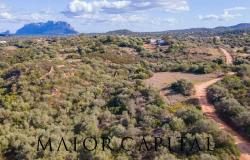Unearthed Ruins Challenge Ideas About Ancient Romans
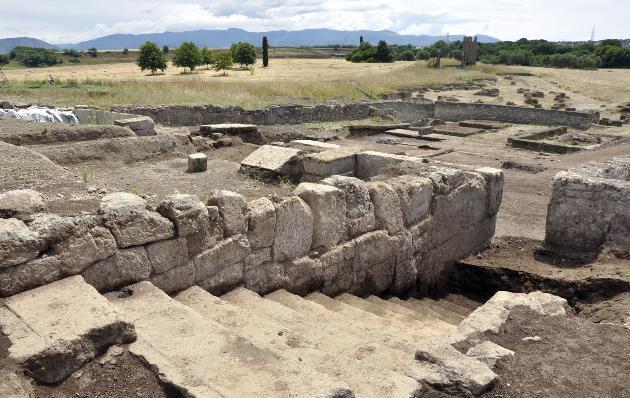
Experts are revising their ideas about ancient Roman architecture following the sensational discovery of a large chunk of a monumental building with imposing ashlar architecture and nicely appointed floors at an archaeological dig outside Rome.
The massive monument dates to 300 years before the Colosseum and a century before the invention of mortar, suggesting that the Romans had grand architectural ambitions much earlier than thought previously. The structure was unearthed at the Gabii site, 11 miles east of Rome in Lazio.
The monument dates from 350 BC to 250 BC and is unlike anything the Romans were known to be building at the time. Constructed from giant stone blocks, each weighing thousands of pounds, the structure is part of a large complex that archaeologists believe was part of a lavish private residence. The size of the blocks kept the structure stable – mortar had yet to be invented. The structure contains a large, stone-retaining wall, two terraces connected by a grand staircase, and geometric-pattern floors.
University of Michigan classics professor Nicola Terrenato, who leads the Gabii Project, said of the find: “There are a lot of constructive details that are beautiful to look at and they tell us more about how the Romans were building at that stage. This shows us they were beginning to experiment with modifying their natural environments – cutting back the natural slope and creating a retaining wall, for example – about a quarter of a millennium earlier than we thought. This is at least 300 years before the Colosseum, and it represents a crucial, formative step in the process that leads to it.”
He said of the stone blocks: “This is like Lego construction. They stacked them one on top of each other without any glue binding them together. This is the only technique they had access to and it must have been the desire for this kind of grand construction that drove them to the invention of mortar about 125 years later.”
Terrenato continued: “Rome conquered Greece in the 140s BC. Roman historians said the soldiers came back and wanted Greek luxury, which is a way of trying to shift blame. We now know that long before they conquered Greece, the Romans were already thinking big. This tears apart the view of Romans in this period as being very modest and inconspicuous.”
The Gabii Project was launched in 2007 to study and excavate the ancient city-state of Gabii, which was a rival to Rome in the first millennium BC. The site was occupied from the 10th century BC until the second and third centuries AD. Major excavations began at the site in 2009 and it is the largest American dig in Italy in the last 50 years.
